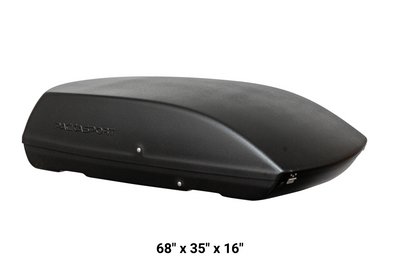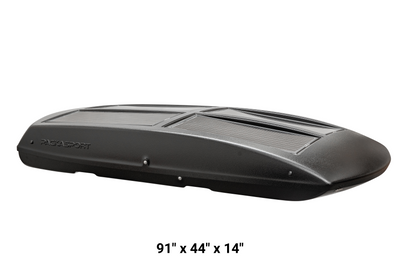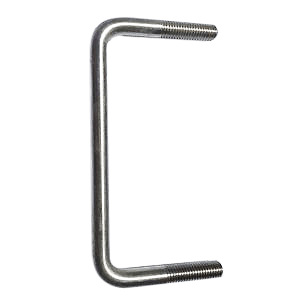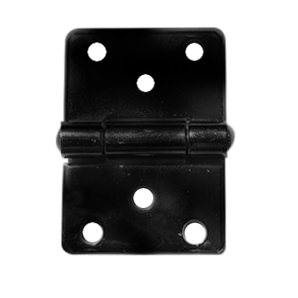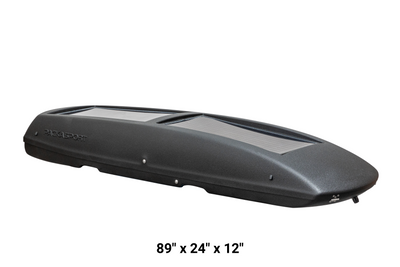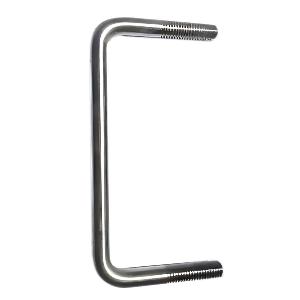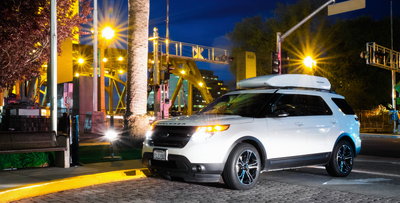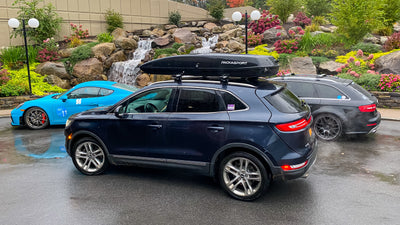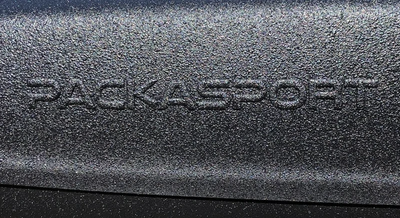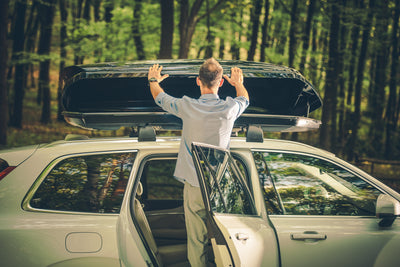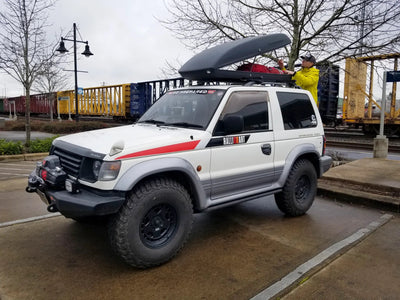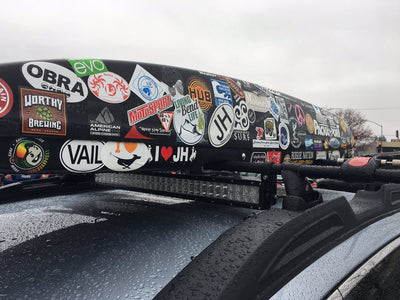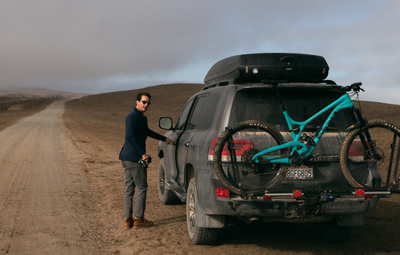How to Choose the Right Size Rooftop Cargo Box
 A life of outdoor adventure is often accompanied by lots of bulky gear. Backpacks, tents, boots and skis are just some of the things you may be hauling from home to trailhead. Take a few buddies with you, and the car fills up fast. Aside from taking multiple vehicles, a great solution is a rooftop cargo box. By adding a rooftop cargo box to your vehicle, you’ll gain storage space so you can take along everything you need for a fun journey without having to fill your car to the max. These sleek rocket boxes are like an attic for your ride.
A life of outdoor adventure is often accompanied by lots of bulky gear. Backpacks, tents, boots and skis are just some of the things you may be hauling from home to trailhead. Take a few buddies with you, and the car fills up fast. Aside from taking multiple vehicles, a great solution is a rooftop cargo box. By adding a rooftop cargo box to your vehicle, you’ll gain storage space so you can take along everything you need for a fun journey without having to fill your car to the max. These sleek rocket boxes are like an attic for your ride.
There are things to consider when choosing the right size cargo box for your vehicle. When deciding which Packasport is right for you, it’s important to think about the following:
- What is being transported (luggage, camping gear, skis/snowboards, etc.)
- How often will you use your Packasport (weekends, vacations/holidays, road trips)
- Other requirements (wind noise, vibrations, ease of access, fuel economy, garage parking)
In general, there are two types of roof boxes available on the market: plastic and fiberglass.
Plastic carriers are prone to cracking in cold temperatures. Fiberglass is significantly more durable than plastic. Although plastic carriers are significantly cheaper than fiberglass, one must factor in that the higher quality product will have a longer life. Fiberglass cargo cases are built for performance, high rated for crash safety and can handle heavy loads.
Things to consider when purchasing a rooftop cargo carrier:
What will you carry in your Packasport?
Outdoors sports enthusiasts commonly use cargo carriers for gear like sleeping bags, tents, skis, snowboards, tools, beach supplies etc... Planning what you will stow in a cargo box will help to determine the amount of storage you’ll need.
Cargo Boxes Dimensions
The length, width and height combine to equal the overall gear capacity. We measure our cargo storage capacity in cubic feet.
It’s important to know dimensions of what is intended to be stored in your Packasport. Make sure your longest and widest items, like skis, fishing poles, baby strollers, will have the right dimensions to fit comfortably.
Packasport offers 7 different dimensions of boxes to suit most needs. We offer boxes designed with skiers, snowboarders, hunters and fishermen in mind. With 25 cubic feet of storage, our Trailblazer is the largest cargo carrier on the market.
Make Sure the Cargo Box Fits Your Car
Before deciding on your model, it’s important to check hatch clearance and think about how the box will look on your vehicle.
Measure where the rear of the cargo box will sit so that you have the appropriate clearance for your hatchback or SUV to will fully open.
- Move the front crossbar as far forward as you can on your vehicle. (It’s important that your crossbars are fully adjustable.)
- Set your back cross bar about 27 inches from the front cross bar (the best measurement is 30 inches between the center of each cross bar.)
- Measure from the center of your vehicle’s front crossbar to the open back hatch at the level of your crossbars.
- Compare that measurement to hatch clearance information on our website: www.packasport.com
Color & Finish
Black is the most popular choice, however Packasport offers the ability choose any color and three finish options. Our fiberglass carriers can be finished in a glossy gel coat as well as matte Raptor Tough Coating, scratch-resistant, maintenance-free coating. If opting for a custom color to match your drive, then send us your VIN number and we’ll have it painted in the same automotive paint.
Size
Owners of bigger vehicles, like SUVs, pickup trucks and larger station wagons, often choose bigger, longer boxes because of how they match the rooflines of their vehicles. Likewise, owners of smaller, more-compact vehicles, like hatchbacks and sedans, sometimes go with smaller, shorter boxes.
Other cargo carrier tips:
Make sure the box is secure before your drive away: It’s always a good idea to check the box’s connection points to the roof rack to make sure nothing has loosened up with time.
Store your cargo box in a cool, dry place: Never store your carrier in direct sunlight or where temperatures can get extremely hot or cold. Also, don’t store the box on its side or end—doing so can damage the box.
Remember you have a cargo box on your roof: People damage roof boxes, bikes and other equipment stowed on top of vehicles by driving into garages, restaurant drive-throughs and other low-clearance structures more often than you might think. It’s sometimes easy to forget that you have a cargo box and other gear out of sight on your roof.
Know the height of your vehicle with the cargo box: Avoid collisions with low-clearance structures. Measure the height of your vehicle with the cargo box and whatever else you have up there. When you see a sign indicating the height of a structure you’ll know whether you can fit.

ABOUT US
Founded in 1985 in Bend, Oregon, Packasport manufacturers durable rooftop storage solutions that allow you to pack smartly for your adventures. Built to last a lifetime with marine grade fiberglass, our hardshell cargo boxes are proudly manufactured in the USA. Spacious, with rear entry access and designed to reduce roads noise, Packasport boxes are available in nine different models. Complete, customizable color matching options are available, and our boxes fit a wide variety of vehicles – cars, vans, trucks, even boats.

